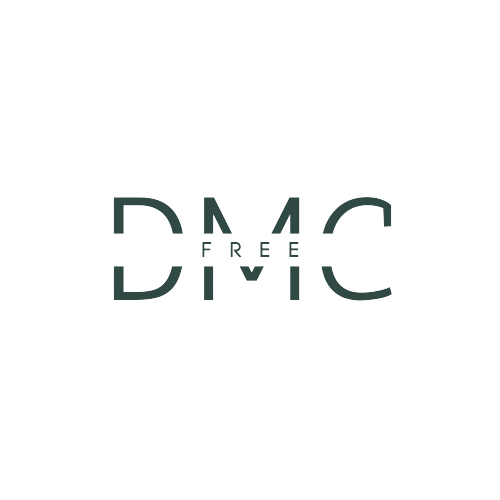
Software product development epitomizes a pivotal component of today’s technology-dominated era. It encompasses the lifetime of creating, developing, and delivering software products. This comprehensive guide delves into the multifaceted process, discussing salaries for selected nations and shedding light on the qualifications required to flourish in this sphere.
Table of Contents
The Essentials of Software Product Development:
The software product development process covers a range of stages. Each step moulds the path for subsequent phases, constituting integral blocks in the foundation of the entire developmental operation.
- Idea Generation: This step materializes through brainstorming and innovating potential concepts for software products. Meeting market needs is central in this phase.
- Market Research: A comprehensive understanding of the target market, competitors, and trends is crucial. This data informs the product’s features and facilitates maintaining a competitive edge.
- Product Design and Planning: This entails fine-tuning product design and functionalities following market research gathered. Here, teams create prototypes and wireframes and blueprint the product roadmap.
- Development and testing: This stage breathes life into the software product. Coding and development occur, followed by quality assurance and user testing.
- Launch and Deployment: Once ready, the product is launched and deployed to the market, accompanied by marketing strategies to heighten demand.

Software Product Development Salaries Across Selected Countries:
The remuneration associated with software product development varies according to geographical location and personal expertise. Here are comparisons of average salaries in selected countries:
| Country | Average Salary (USD) | Qualifications Required |
|---|---|---|
| United States | $120,000 | Bachelor’s degree in Computer Science or related field, strong programming skills |
| United Kingdom | £60,000 | Bachelor’s degree in Computer Science or related field, knowledge of software development methodologies |
| Germany | €65,000 | Bachelor’s degree in Computer Science or related field, proficiency in programming languages |
| Canada | CAD 80,000 | Bachelor’s degree in Computer Science or related field, experience with Agile methodologies |
| Australia | AUD 90,000 | Bachelor’s degree in Computer Science or related field, familiarity with software development lifecycle |
| India | INR 1,000,000 | Bachelor’s degree in Computer Science or related field, strong problem-solving skills, knowledge of software development tools |
Qualifications Desired in Software Product Development:
The following qualifications are sought-after in the software product development domain:
| Qualification | Description |
|---|---|
| Bachelor’s degree in Computer Science or a related field | Familiarity with Agile, Scrum, or other software development methodologies is essential for efficient product development and collaboration. |
| Strong programming skills | Proficiency in programming languages such as Java, Python, C++, or JavaScript is crucial for designing and building software products. |
| Knowledge of software development methodologies | Familiarity with Agile, Scrum, or other software development methodologies is essential for efficient product development and collaboration within teams. |
Apart from these resources, it’s advisable to read up-to-date literature on software product development, join related communities or forums, and be involved in webinars, courses, and seminars to keep up with industry trends and learn best practices.
Find More: Product Management vs Software Engineering
Benefits of Effective Resource Management in Software Development:
- Improved Project Planning: Thorough resource management allows for more accurate project planning. By identifying all needed resources in advance, you can anticipate potential delays or shortages and mitigate risk accordingly.
- Enhanced Productivity: Effective allocation of human resources to the right tasks in accordance with individual skills and strengths can boost productivity. This can also prevent burnout by avoiding resource overutilization.
- Cost Efficiency: Resource management enables cost-effective utilization of resources, decreasing waste and managing project budget effectively. This can prevent project cost overruns and contribute to the project’s financial success.
- High Team Morale: Assigning suitable tasks to team members according to their expertise and preferences can increase job satisfaction and boost team morale, leading to a higher work output.
- Successful Delivery: By ensuring all necessary resources are available and efficiently used, resource management boosts the chances of successful project completion within the set deadlines and budget.
Additional Relevant Third-Party Resources:
- The Phased Approach to Project and Portfolio Management
- Microsoft: Deliver better products with development and operations
- Gartner: Top Strategic Technology Trends for 2022
- IDC: The Future of Software Development
Closing:
A career in software product development offers both challenges and rewards. Though the process might seem intricate, one can improve one’s chances of success by leading with resourceful management. Fundamentally, it’s about maximizing available resources and deploying them strategically to achieve project objectives, delivering a product that aligns with market needs.
FAQ’s
Q.1 What is product development and example?
Product development includes services, software and physical products development. For instance, suppose there exists a new phone that is superior in terms of features and performance compared to others.
Q.2 What is a software product example?
It is a tangible product software which performs some operations. For instance, Microsoft Office includes such programs as Word, Excel and PowerPoint.
Q.3 What is the structure of software product development?
The steps are conception, design, build, test, and deployment. It entails project management, assurance of quality standards, and continuous maintenance.
Q.4 What are the 5 stages of product development?
Product development has five steps: ideation, visualization, production, testing, and implementation. This encompasses brainstorming and planning, the design stage, application construction, testing, and finally, releasing it to the users and customers.
Q.5 What is the difference between software development and software product development?
A broader definition incorporates all software development practices, including internal products and tools. Another side of software is the development of software products which are sold or rented to generate income.


